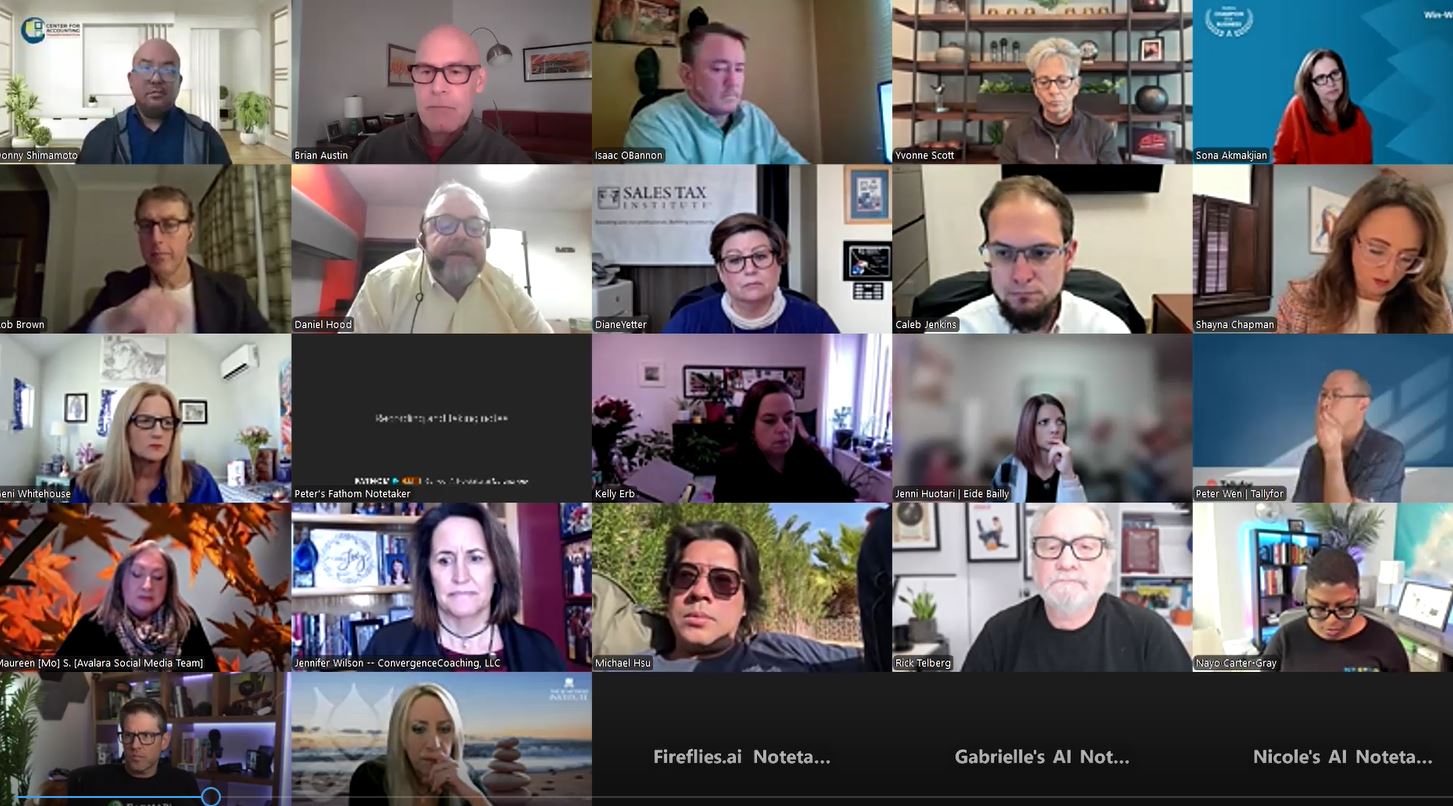The Federal Reserve Bank of Dallas on Thursday proposed sweeping nationwide changes designed to rein in “too-big-to-fail” banks and level the playing field for smaller banks.
It suggests breaking up the too-big-to-fail banks into smaller businesses and restricting the nation’s safety net to commercial banks. The theory is to make financial institutions small enough to fail without jeopardizing the entire financial system.
“We want all banks to be small enough to save,” said Harvey Rosenblum, director of research for the Dallas Fed.
Dallas Fed president Richard Fisher and his staff have advocated shrinking megabanks and other changes for a few years, but this is their first detailed proposal.
The idea of breaking up too-big-to-fail banks has gained support in the last few years. Last summer, former Citigroup chairman Sandy Weill, creator of the too-big-to-fail model, said it was time to break big banks up.
Fisher provided a sneak peek at the proposal Wednesday during a speech to the Committee for the Republic Salon in Washington, D.C.
Later Wednesday, former presidential candidate and Utah Gov. Jon Huntsman touted the speech on Twitter and posted a link to a transcript on the Dallas Fed’s website. “My friend Richard Fisher nailed it,” Huntsman wrote. “One of the best reads yet on a looming economic challenge.”
Demand to read the speech crashed the Dallas Fed’s website Wednesday night.
“I think this has pretty broad appeal,” Fisher said in a phone interview Thursday. “We’ll see if it’s picked up in the political arena.”
The proposal is not a legislative one. It’s a set of guidelines, Rosenblum said.
Banking industry veteran Stephen Skaggs calls the too-big-to-fail situation toxic, but he doesn’t think the Dallas Fed’s proposal would work.
“The playing field isn’t level, and I would advocate anything to level it, but I have not yet heard a coherent argument, and I don’t hear one here,” said Skaggs, president of Austin-based Bank Advisory Group, which provides financial advice and services to small banks. “The problem with letting one institution fail is that it’s not reality. It wouldn’t just be one. It would have a domino effect at other banks.”
The too-big-to-fail debate rekindled in late 2008, when the government decided not to rescue giant Lehman Brothers from default. Lehman’s collapse set off a financial crisis and played a big part in a global recession.
The Dallas Fed’s special report – a series of five essays written by its economists and researchers – argues that the Dodd-Frank banking reform law has not done enough to harness too-big-to-fail banks and has placed new, costly burdens on smaller banks.
Rosenblum has identified 12 banks – each with assets above $250 billion – as too-big-to-fail candidates. Together, the banks, including JPMorgan Chase, Bank of America and Citigroup, accounted for 0.2 percent of U.S. banks but held more than two-thirds of assets as of Sept. 30.
Rosenblum suggests that federal deposit insurance and Federal Reserve loans should be only for commercial banks and not affiliated subsidiaries or holding companies. He also thinks a cap on bank size may be needed.
In the report, Dallas Fed Vice President Jeffery W. Gunther and financial industry analyst Kelly Klemme say overregulation and financial-crisis policies hinder the ability of community banks – with assets of $10 billion or less – to compete against big banks.
The Independent Community Bankers of America on Thursday issued a statement saying it strongly supports Fisher’s “call to restructure too-big-to-fail financial institutions to reduce risks to the financial system.”
———————
Copyright 2013 The Dallas Morning NewsDistributed by Newsbank, Inc. All Rights Reserved
Thanks for reading CPA Practice Advisor!
Subscribe Already registered? Log In
Need more information? Read the FAQs
Tags: Advisory
![gavel1_11537663[1]](https://www.cpapracticeadvisor.com/wp-content/uploads/2020/03/gavel1_11537663_1_.5e6a69aa237a8.png)


